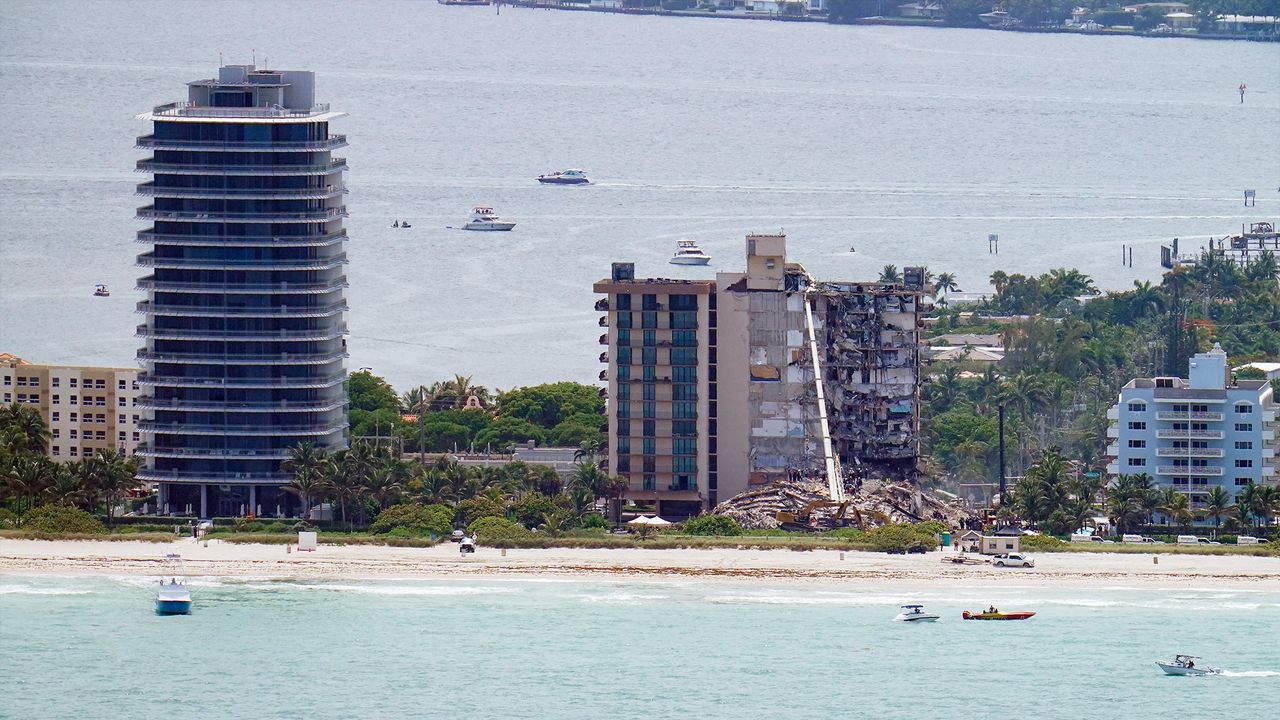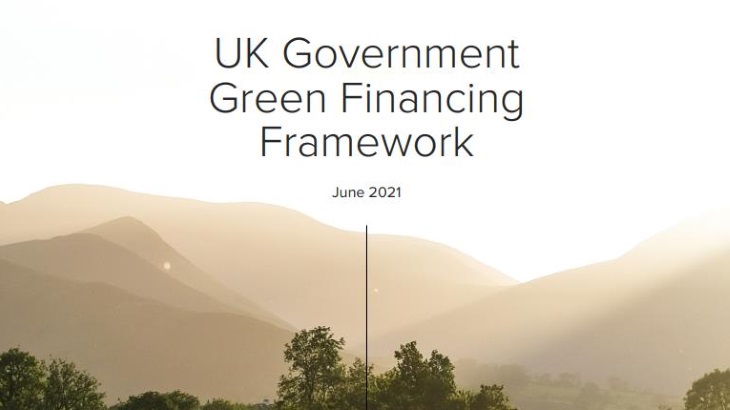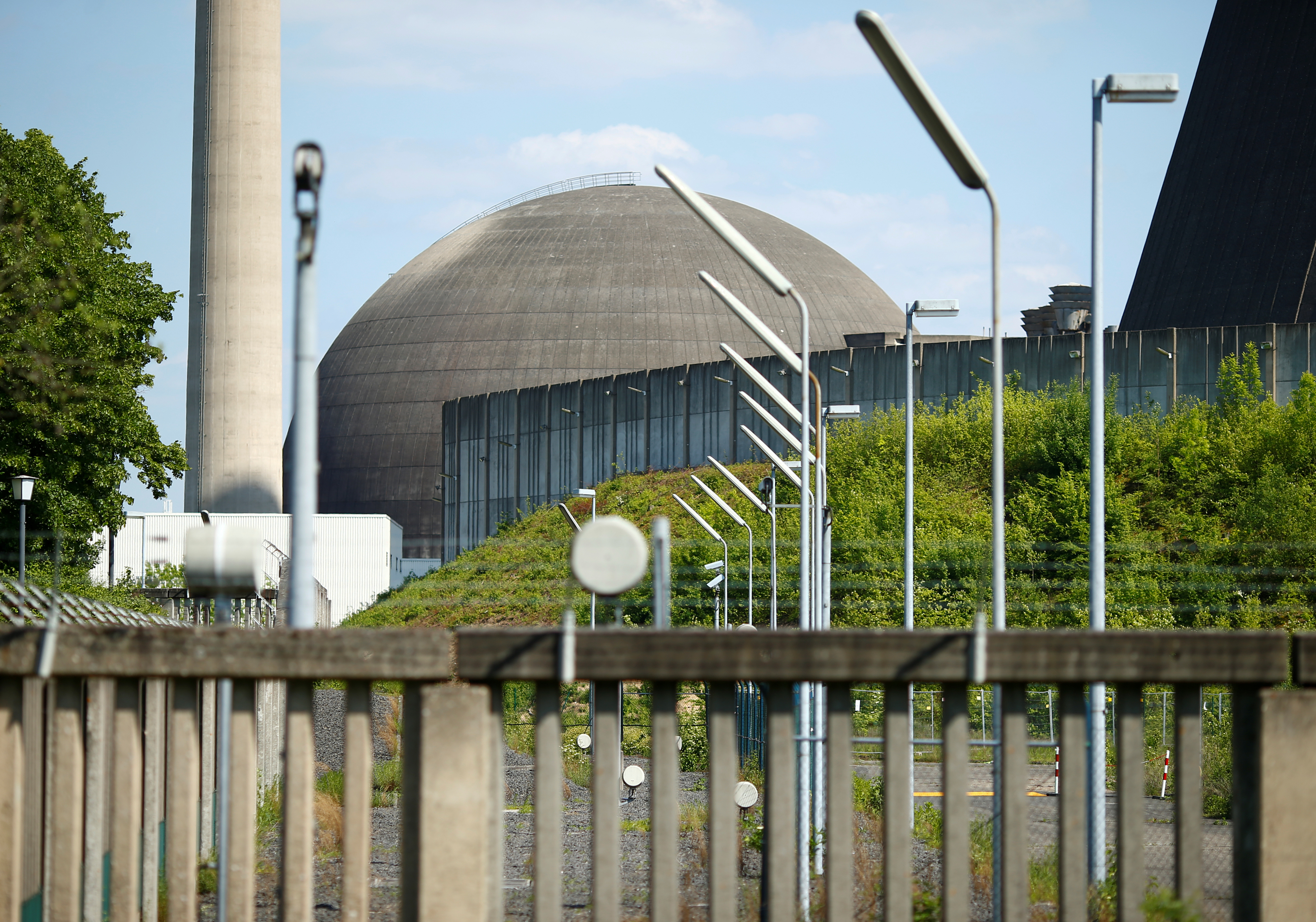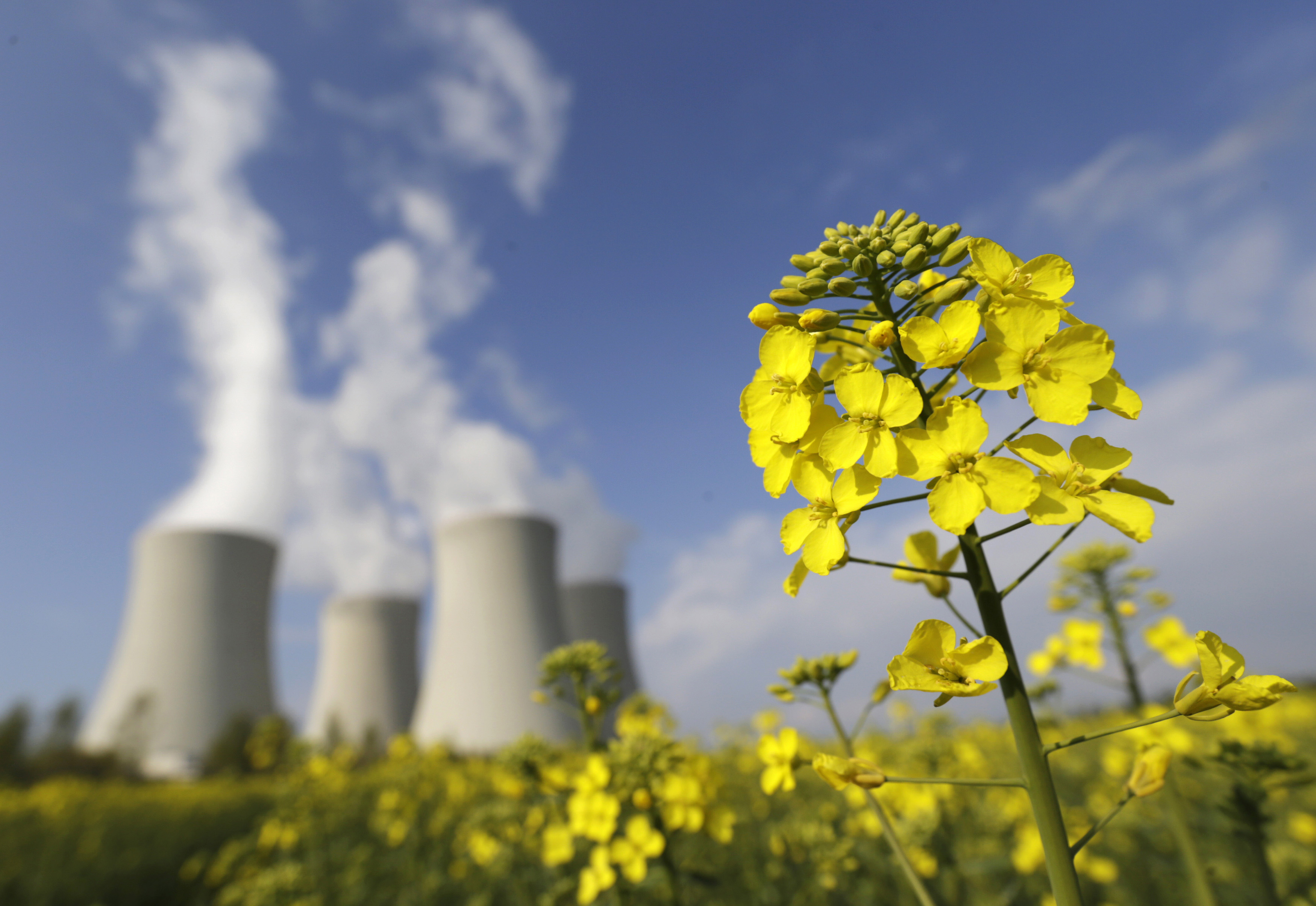The Surfside condo disaster: Critical structural dangers were ignored
Niles Niemuth@niles_niemuth
28 June 2021
The official death toll climbed to nine Sunday as the search for bodies and possible survivors continued amid the rubble of the Champlain Towers South condominium in Surfside, Florida, located on the Atlantic coast just north of Miami Beach.
Eight bodies have been recovered and one person has died in hospital. Over 150 residents remain unaccounted for more than four days after a significant portion of the 40-year-old, 12-story oceanfront residential tower suddenly collapsed in the early hours of Thursday.
Among the identified victims are retirees Antonio and Gladys Lozano, married for 59 years, who died together, asleep in their ninth-floor apartment. The body of Manuel LaFont, 54, was recovered on Friday. LaFont, originally from Houston, Texas, was a businessman who worked with companies in Latin America. Stacie Dawn Fang, 54, the first victim identified on Thursday, died of blunt force trauma as her apartment crumbled around her. Fang’s teenage son, Jonah Handler, is among the handful of residents rescued from the rubble by first responders.

Workers search in the rubble at the Champlain Towers South Condo, Saturday, June 26, 2021, in Surfside, Fla. (AP Photo/Gerald Herbert)
The search effort was slowed by a smoldering fire beneath the rubble, which was finally suppressed on Saturday. A 40-foot-deep, 20-foot-wide, 125-foot-long ditch is being dug into the heap of concrete, steel, furniture, clothing and other personal effects to facilitate the recovery effort.
Reports continue to emerge indicating that the building was known for several years to be structurally unsound, pointing to criminal neglect in connection with the beachfront catastrophe. However, any official investigation is certain to be a whitewash, with no one facing serious consequences for their role in the deaths of potentially more than 150 people.
Structural engineer Frank Morabito delivered a report to the treasurer of the Champlain Towers South Condominium Association, the building’s owner and operator, in October 2018 that warned of “major structural damage” to the concrete slab underneath the pool deck and entrance drive caused by the failure of waterproofing. “Failure to replace the waterproofing in the near future will cause the extent of the concrete deterioration to expand exponentially,” he explained.
The report, released by the city of Surfside Friday night, also found that concrete columns and walls in the parking garage levels under the building were cracking and had lost entire chunks, with some areas so eroded that they showed corroded steel rebar reinforcements.
Morabito noted that repairs were needed to “maintain the structural integrity” of the building but gave no indication that there was any concern of a collapse. The report’s main conclusion was that the roof needed to be replaced before hurricane season to prevent rain and wind damage.
At the time of the collapse, the building was undergoing roof repairs as part of the recertification process required by Miami-Dade County for buildings that are 40 years old, but nothing had yet been done about the deteriorating concrete. The building needed approximately $15 million in repairs and upgrades in order to achieve recertification.
Donna DiMaggio Berger, an attorney for the condo association, told the Daily Mail on Friday that Morabito had not looked at the foundation or the ground underneath the building, as this is not required in the recertification process. A 2020 study of satellite data from the 1990s by an engineer at Florida International University found that the building had been sinking at a rate of two millimeters per year. It is possible that the building had subsided more than three inches in the last four decades, undermining its structural integrity. Despite these concerning findings, no official warnings were issued.
The Champlain Towers South Condominium was built on reclaimed wetlands on one of the many barrier islands that bear the brunt of wind and storm surge from hurricanes and other tropical storm systems. Starting in the late 1920s, speculators divided up the sandbar between the Atlantic Ocean and North Biscayne Bay, developing it into the city of Surfside.
Two Champlain Towers, South and North, were the first new buildings built in Surfside after a moratorium on new construction implemented by Miami-Dade County in 1979 due to concerns about the city’s degraded water and sewage system. The developers, led by Polish-born Canadian attorney Nathan Reiber, paid $200,000 to the city, half the cost of a new sewage system on the property, in order to get the project off the ground.
The Washington Post reported on Saturday that Reiber had been charged by Canada with tax evasion during the 1970s and was fined $60,000. Reiber and a partner ran an apartment operation in Canada where they were accused of skimming tens of thousands of dollars from coin-operated laundries and pocketing $120,000 in a fraudulent construction scheme.
A year after the approval of the project, the developers of the Champlain Towers were compelled to ask two members of the City Council to return campaign contributions the former had made after Reiber and his associates were accused of trying to buy off the local government.
The construction of the Champlain Towers came at the beginning of the deregulation of the savings-and-loan industry. President Ronald Reagan’s 1981 tax cuts further encouraged the development of real estate as a tax shelter. Accordingly, money was flooded into commercial real estate development, resulting in an explosion of construction in Florida and throughout the US, with buildings often being quickly and cheaply constructed.
Both US political parties share responsibility for the Champlain Towers disaster. Between 1971 and 1999, the Democratic Party controlled the governor’s office for all but four years, overseeing an explosion of residential and commercial construction in Florida with little effective oversight. Most recently, Republican Governor Ron DeSantis has been pushing to cut regulations further, seeking to remove any obstacles to the extraction of profit from the working class while funneling tens of millions of dollars in state funds to private developers.
Just hours after the collapse of the Surfside condo, President Joe Biden announced a bipartisan infrastructure deal providing a fraction of his original proposal, omitting any funding for childcare, health care, or tax credits for families, and leaving out his promised increase in corporate taxes. The entire $579 billion in new investments in physical infrastructure will be handed out to private companies under the guise of “public-private partnerships.”
Exactly how many other residential towers on the Florida coast and throughout the United States are at risk of collapsing like Champlain Towers South is unknown, but it is known that thousands of others were built under similar conditions and on unstable ground and are now being subjected to increased flooding and inclement weather thanks to human-induced global warming. A thorough survey of every housing development is needed to determine the risks posed to their residents.
As one engineer noted, the disaster in Surfside is a “canary in the coal mine.” It is indicative of the abysmal state of basic social infrastructure across the country, under conditions where every aspect of life is subordinated to the drive for ever greater profit. This is on display most monstrously in the COVID-19 pandemic, in which a “herd immunity” policy pursued by the ruling class has allowed the disease to spread, resulting in the deaths of at least 600,000 Americans and 4 million people globally.
With increasing frequency in the United States bridges collapse, factories explode and dams fail, killing workers and destroying their homes and livelihoods, yet nothing is done to address these life-and-death problems. In Detroit, Michigan last weekend, 2-6 inches of rain in a matter of a few hours flooded the freeway system as critical pumps failed, stranding thousands of people in their cars. Hundreds of homes were flooded, destroying the belongings of families.
In every case, capitalism is unable to address and resolve these basic issues. The need for rational planning in the organization of society is clear. However, it is impossible under the anarchy of the capitalist system. A solution to these basic problems will be found only through the expropriation of the corporate-financial oligarchy and democratic reorganization of society under the control of the working class so as to marshal the world’s resources to meet the needs of humanity. Guaranteeing safe housing, safe workplaces, high quality education and health care requires the establishment of socialism.
https://www.marxists.org/archive/bordiga/works/1951/murder.htm Murder of the Dead. First Published: Battaglia Comunista No. 24 1951; Source: Antagonism's Bordiga archive; HTML Mark-up: Andy Blunden 2003. In Italy, we have long experience of “catastrophes that strike the country” and we also have a certain specialisation in “staging” them. Earthquakes, volcanic eruptions, floods, rainstorms ...















